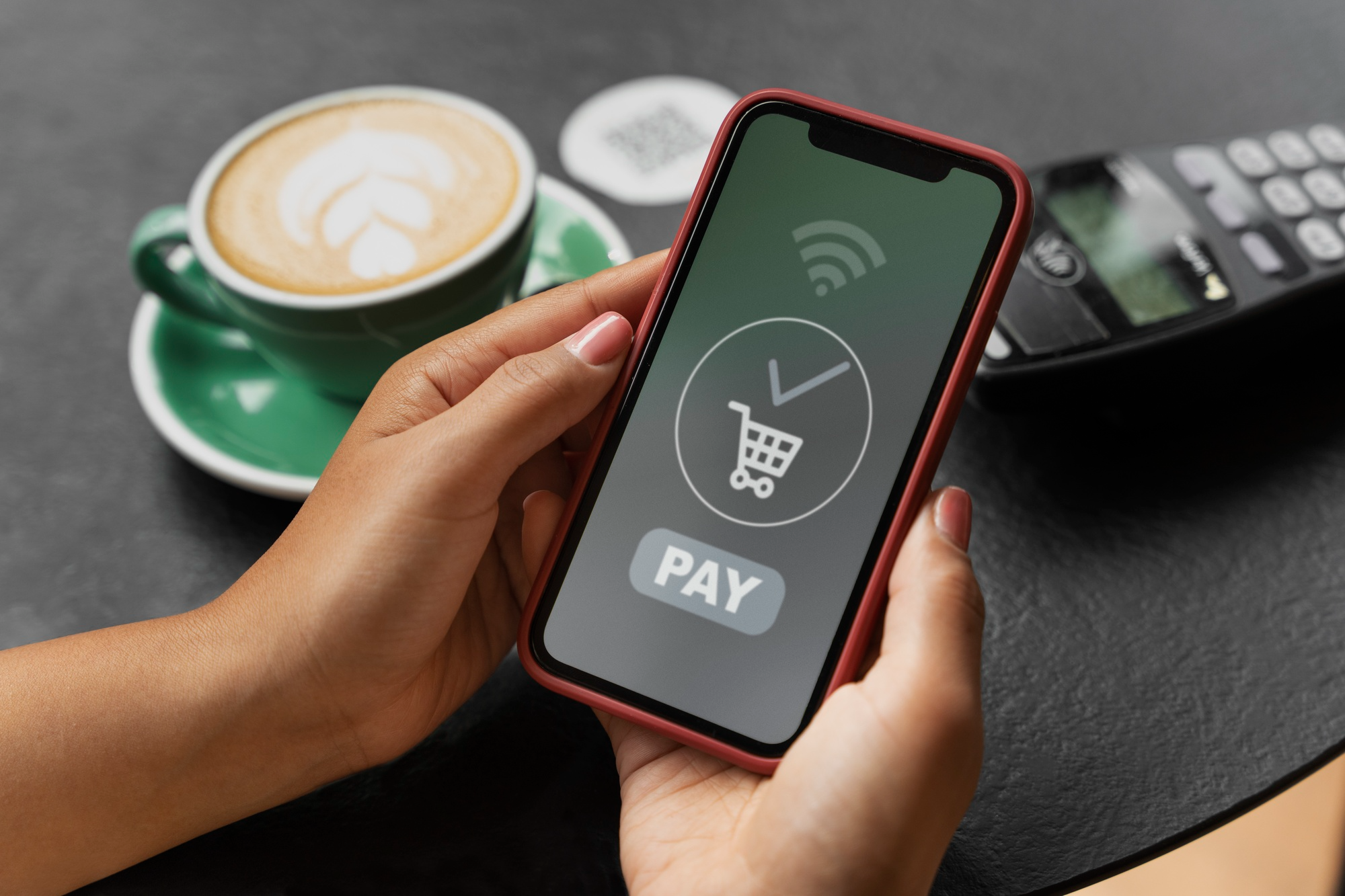
When Nigel Morris says he’s worried about the health of the U.S. consumer, people listen. Morris co-founded Capital One, helped invent modern subprime lending, and now backs major buy-now-pay-later (BNPL) companies including Klarna and Aplazo. What he’s seeing today makes him uneasy.
At Web Summit in Lisbon, Morris pointed to one data point in particular: BNPL is increasingly being used for groceries. “To see that people are using [BNPL services] to buy something as basic and fundamental as groceries,” he said, “is a pretty clear indication that a lot of people are struggling.”
The numbers support him. BNPL usage has surged to 91.5 million U.S. users, according to Empower. A quarter of them are financing groceries, LendingTree says. And repayment behavior is deteriorating. Forty-two percent of BNPL users made at least one late payment in 2025, up from 39% in 2024 and 34% in 2023.
This is no longer about splurging on gadgets. It’s a window into deeper financial strain — and a growing blind spot in the credit system.
A credit market flying blind
The core problem is visibility. Most BNPL loans don’t show up on credit reports, creating large amounts of “phantom debt.” Lenders can’t see how many simultaneous BNPL loans a borrower has taken out, and BNPL providers often don’t check bureau data before approving new credit.
CFPB data shows:
- 63% of BNPL borrowers took out multiple loans in a year
- 33% used multiple BNPL lenders
- Heavy users originated more than one loan per month on average
- Originations per borrower rose from 8.5 to 9.5 in one year
- Nearly two-thirds of users had low credit scores
These figures are from 2022 — and the economic environment has worsened since then.
A regulatory vacuum
Regulation has been inconsistent. The Biden administration tried to apply Truth in Lending rules to BNPL, but the CFPB later reversed course under new leadership. The agency then released a report claiming subprime first-time BNPL borrowers repay 98% of the time — a narrow slice that contrasts sharply with industry-wide delinquency data.
New York has introduced licensing requirements, but the state-by-state approach leaves plenty of gaps.
Why this resembles 2008 — but invisible
BNPL is not yet systemically large. The market totals hundreds of billions, not trillions. But the structure of the risk is familiar.
BNPL debt is:
- concentrated among financially fragile households
- unreported to credit bureaus
- escalating in volume
- increasingly securitized and sold to investors
KKR has agreed to buy up to $44 billion in BNPL debt from PayPal. Elliott Advisors purchased $39 billion of Klarna’s U.K. loan book. Affirm has issued around $12 billion in asset-backed securities.
It’s the subprime mortgage playbook — but applied to installment payments that other lenders can’t see.
And because BNPL installments are small, borrowers often prioritize them first. Larger obligations, like auto loans or credit cards, go delinquent instead. That’s where risk spreads.
The coming wave: BNPL for businesses
Consumer BNPL is only half the story. Providers are now expanding into business-to-business BNPL, tapping into a $4.9 trillion trade credit market. Early data from Hokodo show small businesses increase spending by 40% when BNPL options become available.
More leverage. Faster. At greater scale.
Morris’ moral test
Morris, who helped shape modern consumer lending, argues that companies must pass what he calls “the mom test”: If your own mother asked whether she should use this financial product, would you tell her yes?
He didn’t directly say BNPL companies fail that test — but he made clear that without stronger guardrails, the risks are rising quickly.
Unemployment has climbed to 4.3%, the highest in nearly four years. Small businesses are pulling back. Millions of student loan borrowers are slipping into default or late-stage delinquency. And broader economic uncertainty is growing.
“Delinquency is not rising yet. Charge-offs are not rising yet,” Morris said. “But there are clearly storm clouds on the horizon.”
A bubble the tech world isn’t watching
While Silicon Valley obsesses over the AI boom — from billion-dollar datacenters to record valuations — a quieter, more diffuse risk is spreading through households and businesses.
BNPL isn’t a crisis today. But it is:
- invisible to regulators,
- lightly governed,
- embedded across payment platforms, and
- used most heavily by vulnerable borrowers.
It’s people splitting grocery bills into four installments. It’s recent graduates balancing student loan payments with multiple BNPL accounts. And it’s investors buying securitized BNPL debt whose true exposure nobody fully understands.
Morris isn’t predicting a crash. He’s urging vigilance. The question now is whether regulators — and the broader financial system — will act before the invisible debt becomes impossible to ignore.
Featured image credits: Freepik
For more stories like it, click the +Follow button at the top of this page to follow us.
